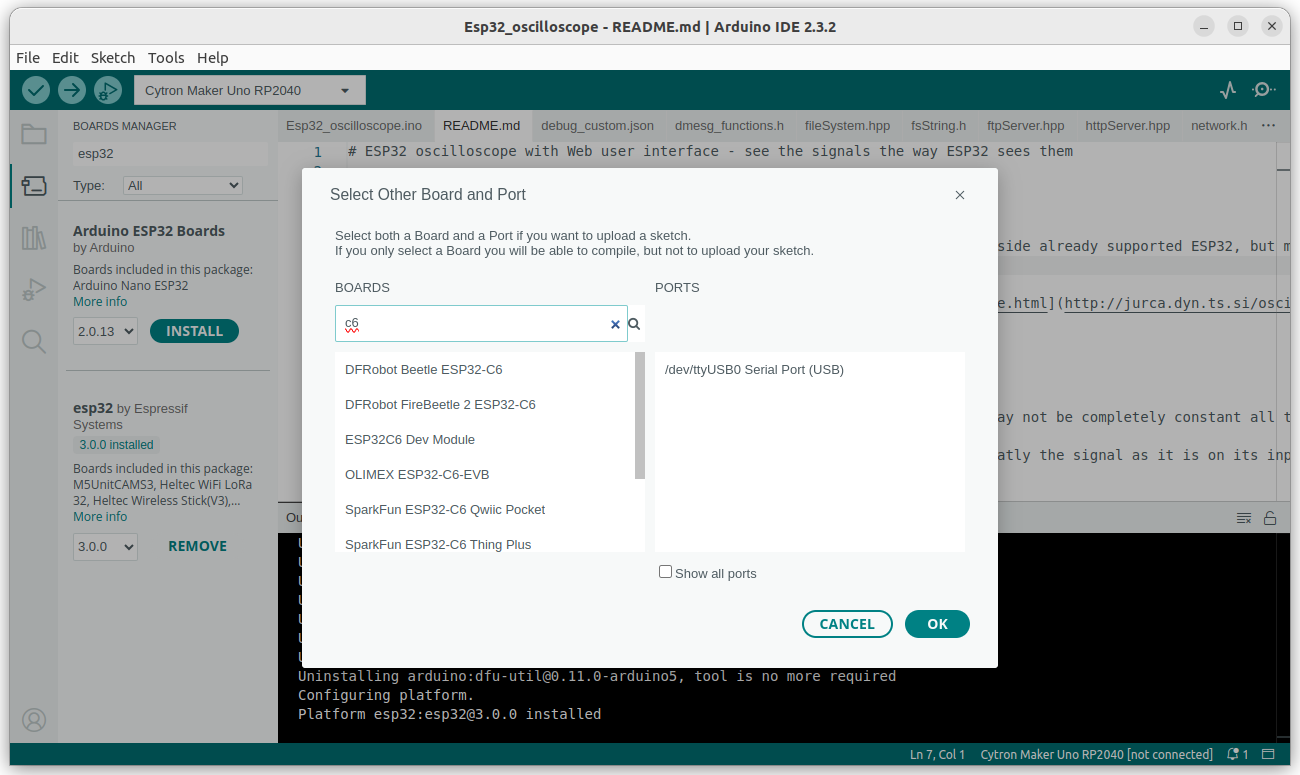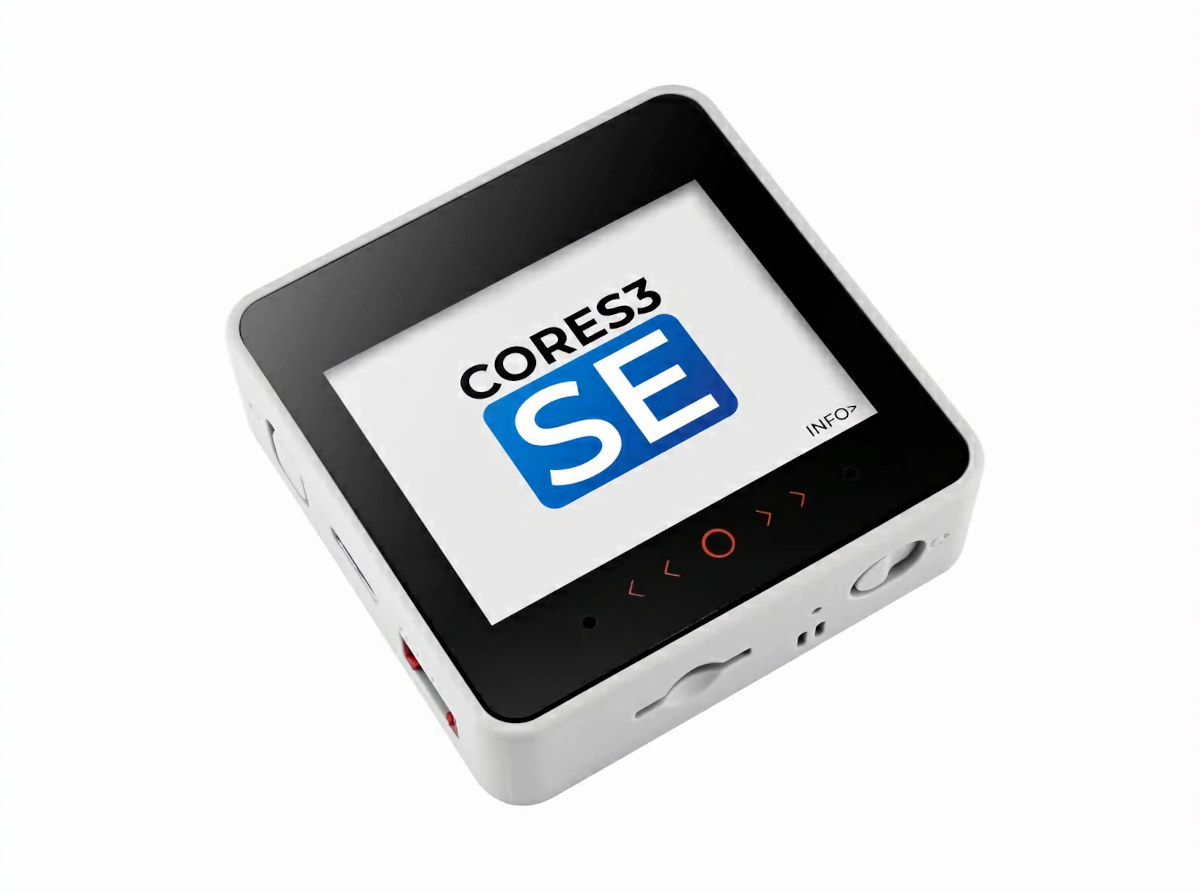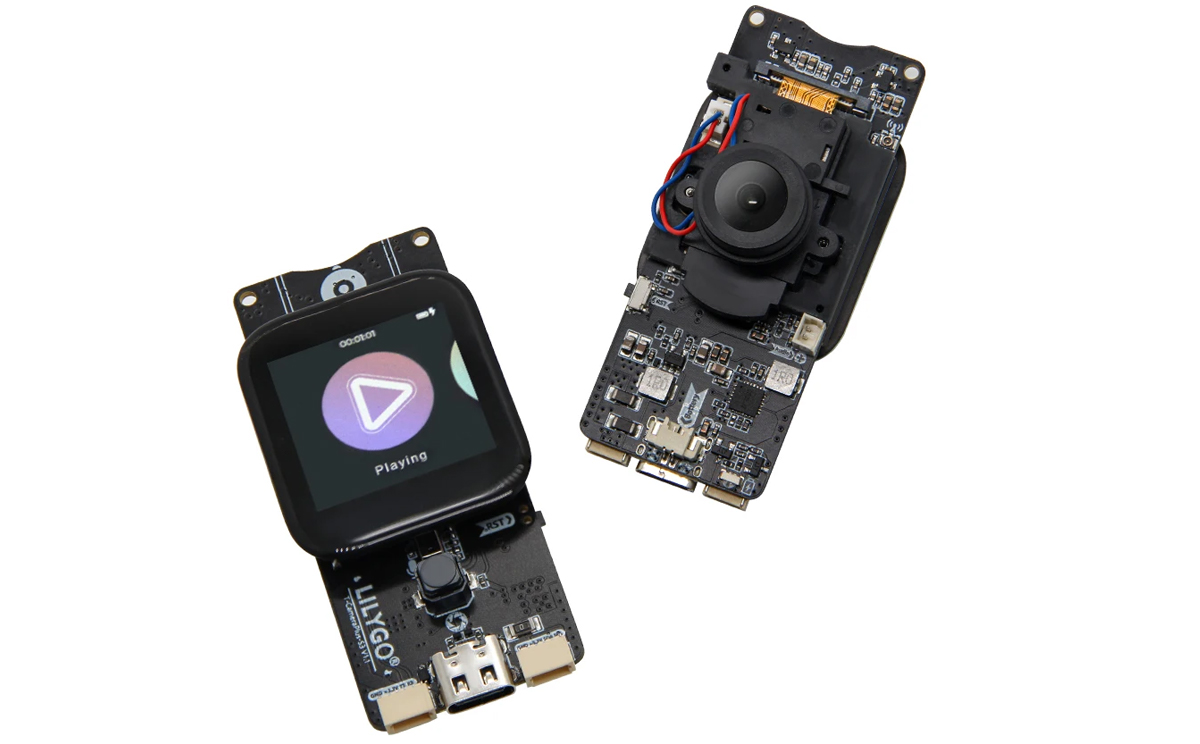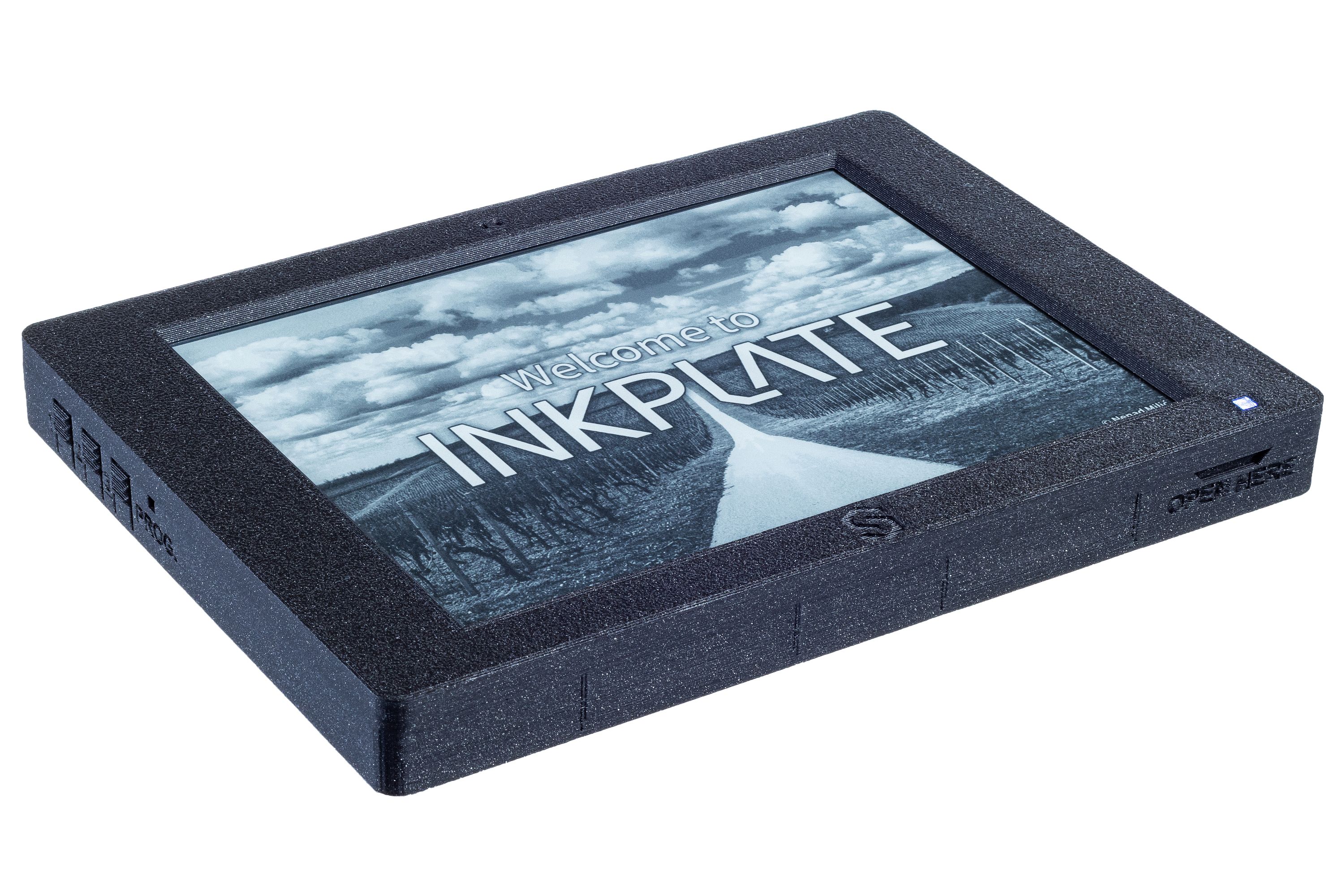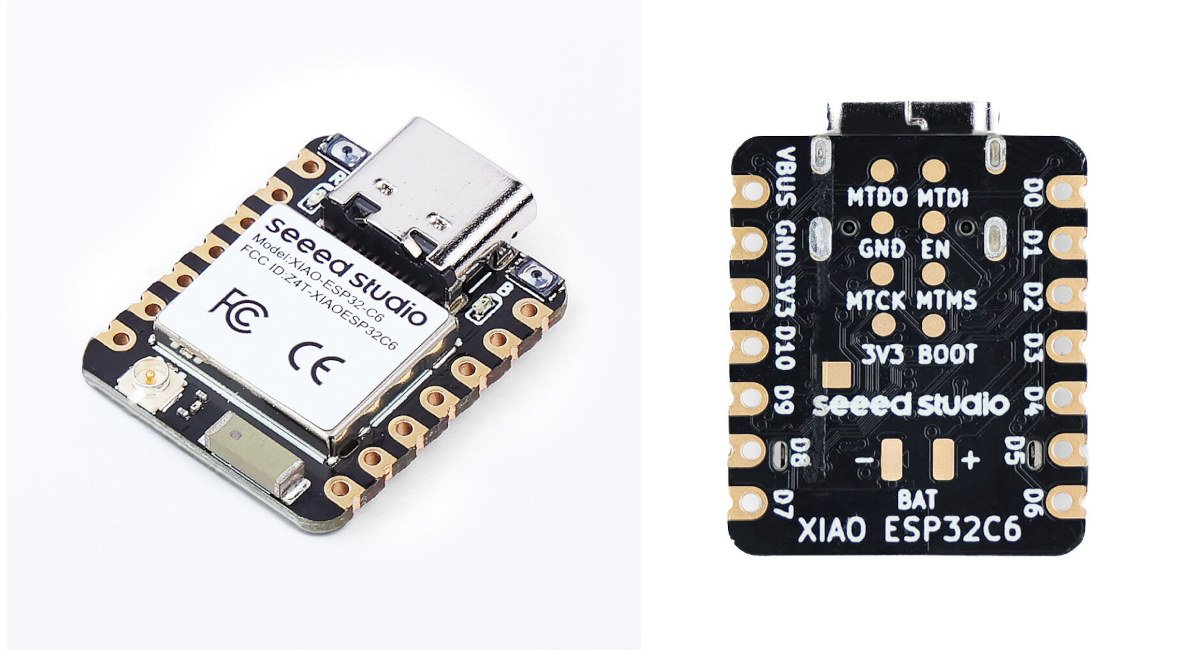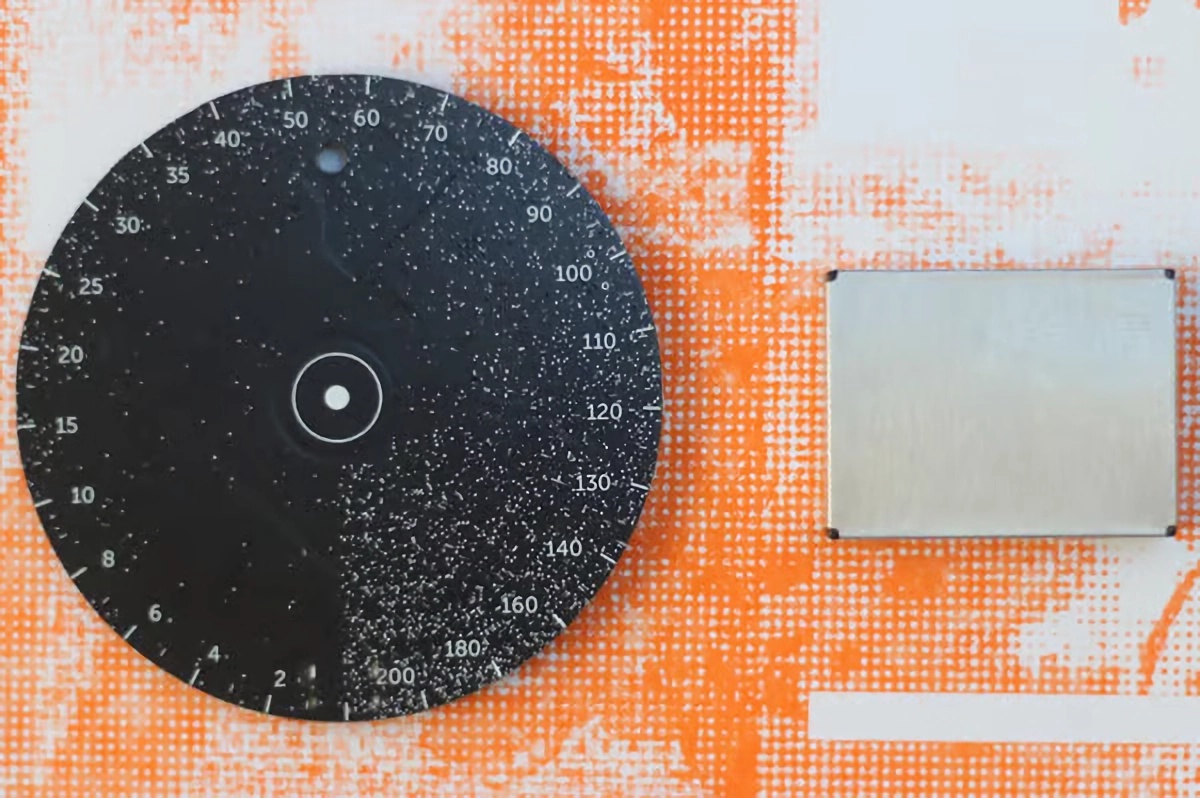We previously noted the ESP32 Arduino Core 3.0.0 Alpha release added support for ESP32-C6 and ESP32-H2 among other changes. The good news is that Arduino ESP32 Core 3.0.0 is now considered stable, and was released a few days ago based on the ESP-IDF 5.1.4 framework. Users of the Arduino IDE can use it straight away, but as we’ll discuss in more detail below it’s unclear whether PlatformIO will be (officially) supported. There have been many changes since we wrote about the Alpha2 release in November 2023 with 327 commits from 96 contributors. Some of the most recent changes (compared to RC3) include: Updated ESPDuino with extra options (CPU freq and Partition) Add support for WeAct Studio ESP32C3 Attach ETH events at the correct place Enable the possibility to use SPI ETH with only 4 wires Fix ETH.end() Fix ETH.stop() with IDF SPI Nano ESP32: delete programmer.default entry (on main) due […]
M5Stack CoreS3 SE cost-down ESP32-S3 IoT controller features a 2-inch touch display, a microSD card slot, a speaker, two microphones
The M5Stack CoreS3 SE, also called M5CoreS3 SE, is a cost-down version of the M5Stack CoreS3 IoT controller based on the ESP32-S3 wireless microcontroller with a 2-inch capacitive touch display, a microSD card slot, a USB-C port, a speaker, two microphones, and one Grove connector for expansion. The M5Core S3 SE loses the DIN Base so the associate features are gone and DIN rail mounting is not possible by default anymore. That also means the M5Stack CoreS3 SE controller is about twice as thin, and the color is also different (medium grey vs black grey). Major internal changes include the removal of the camera and the three sensors found in the original model. M5Stack CoreS3 SE specifications with highlights in bold and strikethrough showing differences against the CoreS3 model: Wireless MCU – Espressif Systems ESP32-S3FN16R8 CPU – Dual-core 32-bit Xtensa LX7 microcontroller with AI vector instructions up to 240MHz, RISC-V […]
LILYGO T-Camera-Plus-S3 – An ESP32-S3 powered dev board with night vision camera and touchscreen display
The LILYGO T-Camera-Plus-S3 is an ESP32-S3 development board designed for building smart home devices, monitoring systems, and other connected projects. The board features a 1.3-inch TFT LCD and the option to choose from OV2640 or OV5640 camera modules. The T-Camera-Plus-S3 can be considered an upgrade from the T-Camera S3, which was introduced in 2022. The upgraded features include a 1.3″ SPI TFT LCD (240×240), a microphone with MAX98357A codec and external speaker support, support for a micro SD card, a battery connector, and many other features. Previously we have written many different types of ESP32-S3-based boards like the Waveshare ESP32-S3-Matrix, ESP32-S3-Tiny board, and Unexpected Maker NANOS3 feel free to check those out if you are looking for unique ESP32 boards. LILYGO T-Camera-Plus-S3 specification ESP32-S3-WROOM-1 wireless module SoC – ESP32-S3R8 dual-core Tensilica LX7 microcontroller @ 240 MHz (Note: this SKU is not listed in the official ESP32-S3 datasheet) with 2.4 GHz 802.11n […]
Leveraging GPT-4o and NVIDIA TAO to train TinyML models for microcontrollers using Edge Impulse
We previously tested Edge Impulse machine learning platform showing how to train and deploy a model with IMU data from the XIAO BLE sense board relatively easily. Since then the company announced support for NVIDIA TAO toolkit in Edge Impulse, and now they’ve added the latest GPT-4o LLM to the ML platform to help users quickly train TinyML models that can run on boards with microcontrollers. What’s interesting is how AI tools from various companies, namely NVIDIA (TAO toolkit) and OpenAI (GPT-4o LLM), are leveraged in Edge Impulse to quickly create some low-end ML model by simply filming a video. Jan Jongboom, CTO and co-founder at Edge Impulse, demonstrated the solution by shooting a video of his kids’ toys and loading it in Edge Impulse to create an “is there a toy?” model that runs on the Arduino Nicla Vision at about 10 FPS. Another way to look at it […]
7-inch ESP32-S3 touchscreen display exposes RS485, CAN Bus, I2C, UART, and analog sensor interfaces
Waveshare ESP32-S3-Touch-LCD-7 is an ESP32-S3 powered WiFi 4 and Bluetooth 5 LE 7-inch touchscreen display with plenty of expansion interfaces such as RS485, CAN Bus, I2C, UART, and Analog input that can be used to develop various HMI applications We’ve written about many ESP32 boards with displays, but most are small displays under 3-inch, and larger displays are more of a rarity except for ESP32 e-Paper displays such as the Inkplate 10 or LILYGO 7.5-inch e-Paper display. Most are based on ESP32-S3 since it comes with an RGB LCD interface, and the only other 7-inch ESP32-S3 touchscreen display we’ve looked into is the Elecrow 7.0-inch display with specifications similar to the Waveshare ESP32-S3-Touch-LCD-7, but fewer I/O headers. Waveshare ESP32-S3-Touch-LCD-7: Wireless module – ESP32-S3-WROOM-1 MCU – ESP32-S3N8R8 dual-core Tensilica LX7 up to 240 MHz with 512KB SRAM, 8MB PSRAM, 8MB flash Wireless – 2.4 GHz WiFi 4 and Bluetooth LE 5 […]
Inkplate 6 MOTION STM32-powered wireless e-paper display offers higher resolution and faster refresh rates (Crowdfunding)
The Inkplate 6 MOTION is a new product from Soldered Electronics in their Inkplate series of wireless e-paper displays. It is a 6-inch e-paper display with a partial refresh rate of 11fps which reduces obvious latency in rendering dynamic content such as videos, animations, and scrolling text. The display is driven by an STMicroelectronics dual-core STM32H743 microcontroller, with an ESP32-C3 as a secondary processor. It features Wi-Fi and Bluetooth for networking and a host of peripheral interfaces for physical connectivity. It includes several sensors such as a rotary encoder for quick navigation, a gravitational accelerometer with a gyroscope for tracking device orientation, and a motion detection sensor. We covered the original Inkplate 6 display when it launched on Crowd Supply in 2019. The Inkplate 6 is much less expensive than the new model but has a lower screen resolution (800 x 600 px) and slower refresh rates (256ms). Furthermore, it […]
Tiny XIAO ESP32C6 WiFi, BLE, and 802.15.4 IoT board offers up to 16 GPIO pins
Seeed Studio has added yet another member to their XIAO board family with the XIAO ESP32C6 powered by an ESP32-C6 WiFi 6, Bluetooth LE 5, and 802.15.4 (Thread/Zigbee) RISC-V microcontroller and offering up to 16 GPIOs (headers + pads) in a tiny 21 x 17.5 mm form factor that’s smaller than a typical stamp and makes it one of the smallest ESP32-C6 boards around. The company started the XIAO family with the Seeeduino XIAO (Microchip SAMD21G18) in 2020, and since then they’ve made several other variants with different processors including the XIAO RP2040, XIAO ESP32C3, and XIAO ESP32S3. The XIAO ESP32C6 is the latest (10th) iteration of the board and the first to support WiFi 6, BLE, and 802.15.4 wireless connectivity. XIAO ESP32C6 specifications: Wireless MCU – Espressif Systems ESP32-C6 CPU Single-core 32-bit RISC-V clocked up to 160 MHz Low-power RISC-V core @ up to 20 MHz Memory – 512KB […]
Compact ESP32-S3 based air quality sensor uses an LED dial to tell how clean your air is (Crowdfunding)
If you are curious about the air quality in your area, then Studio LUFF Air Quality Sensor might be just the thing for you. It is designed to be affordable, open-source, portable, and customizable. Studio LUFF is a design practice based in California, United States composed of Pierluigi Dalla Rosa and two others. Collectively, they “advocate for an alternative approach to technology that is driven by curiosity, creativity, community and sustainability.” The Air Quality Sensor is their first product. The Air Quality Sensor is powered by an ESP32-S3 microcontroller and uses a Plantower PMS7003 particulate matter sensor module to measure air quality. It looks like a small, black disk with AQI (air quality index) values that run from 0 to 200. An LED dial is mounted on the back of the device which reflects on the wall to display the current air quality index in the area. The project was inspired […]


